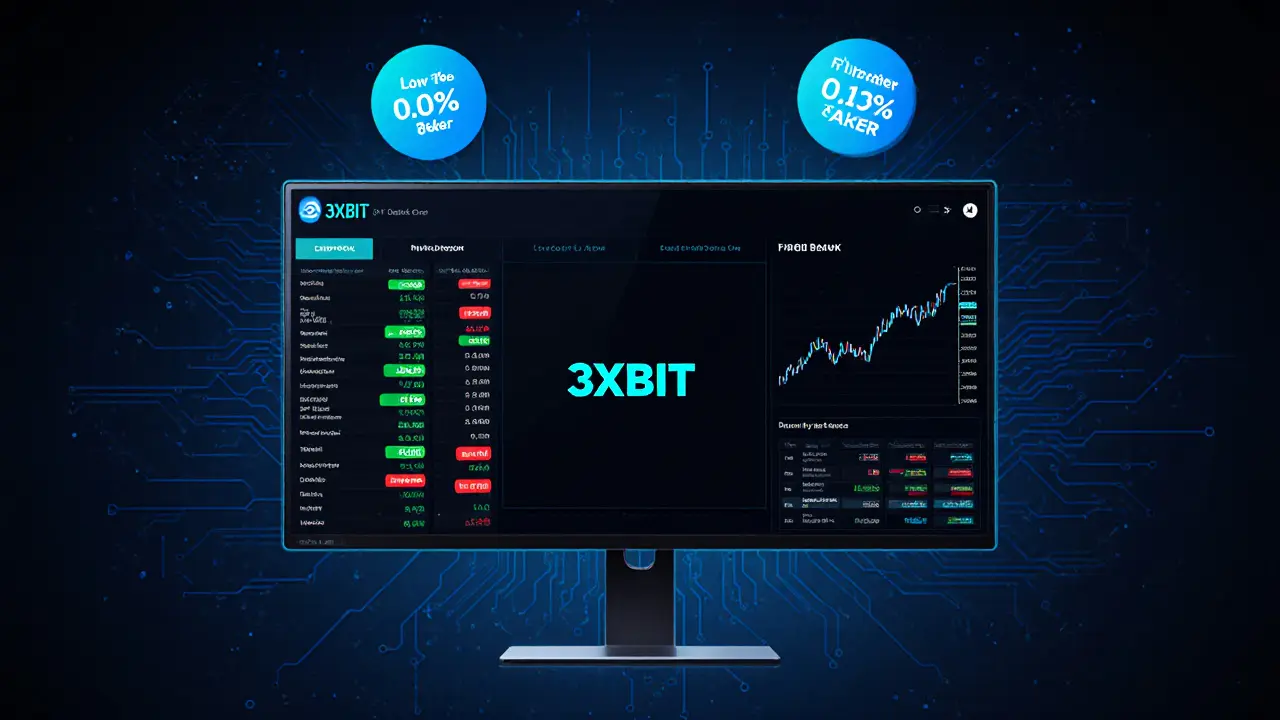Crypto Fees Explained – What You Need to Know
When working with Crypto Fees, the costs you pay to move, trade, or store digital assets on a blockchain, you’re really looking at three main billable pieces. First, there’s the Transaction Fee, the amount a user pays to have a transaction added to the blockchain ledger. Then you have the Miner Fee, the reward given to miners or validators for confirming and securing that transaction. Finally, the Exchange Fee, the commission charged by a crypto exchange for executing a trade on its platform. Crypto Fees are not static; they shift with network congestion, token utility, and market demand, so understanding each component helps you avoid surprises and keep more of your money.
Key Factors That Shape Crypto Fees
Crypto fees encompass transaction fees, miner fees, and exchange fees, forming a layered cost structure. Network congestion influences transaction fees because a busier blockchain requires higher bids to get priority in the mempool. Miner fees, on the other hand, reflect the underlying consensus mechanism—proof‑of‑work blockchains like Bitcoin reward miners with higher fees during spikes, while proof‑of‑stake chains often have lower, more predictable costs. Exchange fees depend on the platform’s fee schedule, volume discounts, and whether you’re using maker or taker orders. Together, these variables dictate the total expense you’ll see on any given trade. For example, swapping a popular token on a high‑volume DEX might incur a modest miner fee but a higher exchange fee due to platform liquidity incentives.
Understanding the interplay between these fees lets you make smarter choices. If you notice a sudden rise in transaction fees, you can pause non‑essential moves and wait for congestion to ease, or switch to a faster layer‑2 solution that offers cheaper miner fees. When comparing exchanges, look beyond headline percentages—some platforms offer lower maker fees but charge hidden withdrawal costs, while others bundle fee discounts into native token holdings. By breaking down each fee type and watching how network conditions affect them, you gain a practical roadmap for minimizing costs across Bitcoin, Ethereum, and emerging blockchain networks. Below, you’ll find a curated list of articles that dive deep into regulation, trading strategies, and security—all tied together by the common thread of crypto fees.

3XBIT Crypto Exchange Review: Features, Security, Fees & Alternatives
Oct 13, 2025, Posted by Ronan Caverly
A detailed review of 3XBIT crypto exchange covering fees, security, liquidity, features, and alternatives for traders.
MORESEARCH HERE
Categories
TAGS
- decentralized exchange
- crypto exchange review
- cryptocurrency
- crypto coin
- CoinMarketCap airdrop
- smart contracts
- tokenomics
- cryptocurrency exchange safety
- crypto exchange
- cryptocurrency airdrop
- crypto airdrop
- cryptocurrency exchange
- crypto airdrop guide
- blockchain token distribution
- DeFi
- crypto exchange scam
- crypto airdrop 2025
- Ethereum
- cross-chain interoperability
- ERC-20
